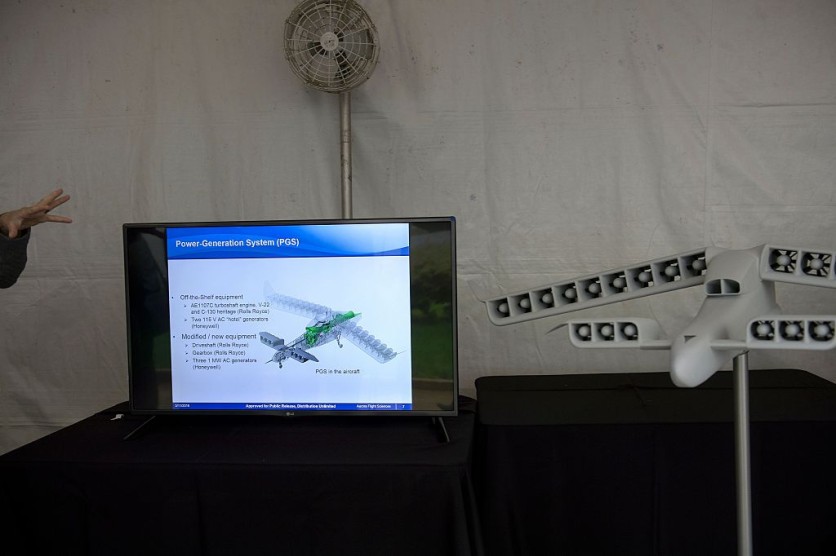The Defense Advanced Research Projects Agency (DARPA) has joined forces with Raytheon to advance the development of a groundbreaking air-breathing rotating detonation engine called Gambit.
Unlike traditional engines, this innovative design boasts no moving parts, potentially leading to lighter, cost-effective missiles with extended ranges. Raytheon is among the world's largest aerospace and defense companies.

The Gambit Program of DARPA, Raytheon
Under a contract from DARPA, Raytheon is tasked with spearheading the development of the Gambit program. It is a first-of-its-kind engine development program that could support future weapons systems for multiple military services.
This rotating detonation engine is more compact and provides a higher efficiency propulsion source than traditional missile propulsion. This breakthrough technology holds the promise of lower costs while enhancing missile capabilities.
Colin Whelan, president of Advanced Technology at Raytheon, lauded the project, referring to it as a "revolutionary propulsion system."
He emphasized the use of existing digital design tools and extensive cross-sector experience within RTX to expedite the prototyping of this next-generation strike weapon and to mature the underlying technology.
The contract involves a rigorous iterative development process that relies on performance models fortified by empirical data from incremental system tests.
According to Raytheon, this approach accelerates the learning curve, leading to more conclusive flight test outcomes and resulting in considerable time and cost savings.
Future phases of the Gambit program will shift towards the construction of hardware for conducting a flight weight free-jet test, marking a significant milestone in the application of rotating detonation engine technology.
"This is a revolutionary propulsion system. We're leveraging existing digital design tools and experience from across the entire RTX business to rapidly prototype this next-generation strike weapon and mature the technology," Whelan said in a press statement.
Hypersonic Interceptor Prototype
In a related development, DARPA has chosen Boeing to lead the charge in developing and testing technology crucial for creating a prototype capable of intercepting hypersonic missiles in the upper atmosphere.
This initiative is a pivotal component of DARPA's Glide Breaker program, spanning four years. Boeing affirmed its commitment to conducting comprehensive analyses, wind tunnel testing, and assessing aerodynamic jet interaction effects during flight trials.
According to Gil Griffin, Executive Director of Boeing Phantom Works Advanced Weapons, addressing hypersonic threats is of paramount importance, as they represent one of the most rapidly evolving and dangerous challenges to national security.
The Glide Breaker program focuses on enhancing the nation's counter-hypersonic capabilities by gaining essential technological insights.
The development and testing phase led by Boeing is envisioned to establish the foundation for operational glide-phase interceptors capable of defending against these complex and rapidly advancing hypersonic threats.
Griffin highlighted that this program phase is dedicated to comprehending how hypersonic airflow and firing jet thrusters impact the system performance in an extremely high-speed and high-altitude digital environment.
"We're operating on the cutting edge of what's possible in terms of intercepting an extremely fast object in an incredibly dynamic environment," he noted.
Related Article : NASA, DARPA to Bring $300M into Nuclear-Powered Rocket Project, Hoping to Launch by 2027

ⓒ 2025 TECHTIMES.com All rights reserved. Do not reproduce without permission.




